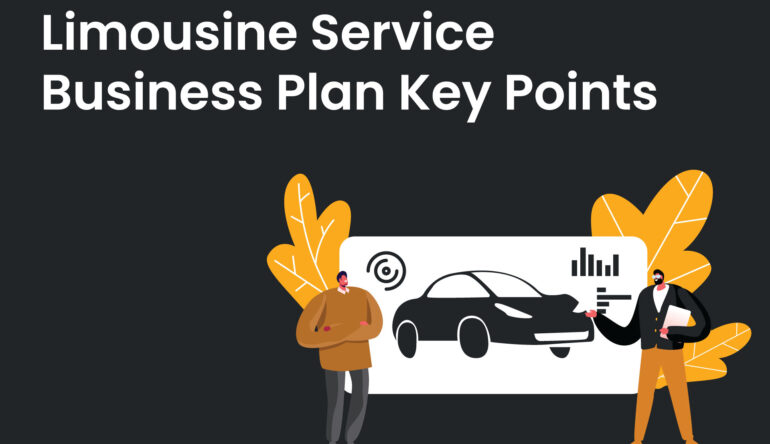Welcome to our comprehensive guide on making an effective limousine service business plan. As a limousine service business owner, having a well-structured and successful business strategy is essential for your venture’s growth and profitability.
In this guide, we will cover the key points you should consider when developing your business plan to ensure you can effectively cater to your client’s needs and stand out in the competitive market.
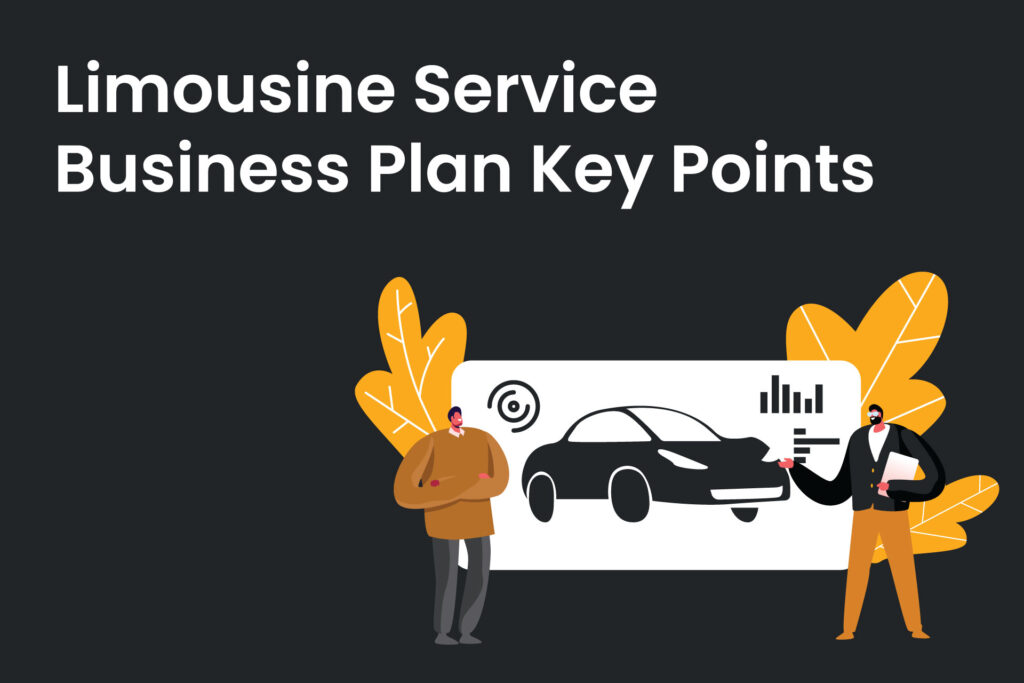
The key points of a solid limousine service business plan are:
- Executive summary
- Market analysis
- Competition analysis
- Service offerings
- Marketing and sales strategy
- Operational plan
- Financial projections
- Finding requirements
1. Executive Summary
The executive summary is the backbone of your limousine service business plan.

It should provide a concise overview of your company, outlining your vision, mission, and objectives.
Clearly define your target market and unique selling propositions (USPs) that set your services apart from the competition. Additionally, include a brief financial summary to showcase your business’s potential profitability.
In the executive summary, paint a compelling picture of your limousine service business. Explain the core values that will guide your company’s operations, such as a commitment to punctuality, safety, and exceptional customer service.
Discuss how your fleet of luxurious vehicles and well-trained chauffeurs will cater to the specific needs and preferences of your target clientele.
2. Market Analysis
Before diving into the business plan for limousine service, conduct a thorough market analysis.
Understanding the limousine service industry, current trends, and the competitive landscape will be vital for your success.

Start by examining the overall transportation industry and then narrow your focus to the limousine service sector.
Identify the key factors driving demand for limousine services in your chosen location.
Consider factors such as the local economy, population demographics, tourism, and corporate activities. Showcase data and statistics that demonstrate the steady or growing demand for luxury transportation services in your area.
Identifying your target audience is crucial to tailor your services effectively. Whether it’s corporate clients seeking professional transportation or individuals celebrating weddings and special events, catering to your audience’s unique needs will be key to building a loyal customer base.
3. Competition Analysis
A competition analysis helps you identify your competitors and what they offer. Evaluate their strengths and weaknesses, pricing strategies, and market share.
By understanding your competition, you can differentiate your business by emphasizing your unique advantages and demonstrating why potential clients should choose your services over others.

Consider the various factors that set you apart from competitors. For instance, if your fleet comprises modern, eco-friendly vehicles equipped with cutting-edge amenities, highlight these features as they contribute to a superior customer experience.
Additionally, showcase your track record of providing exceptional service and earning positive reviews from satisfied clients.
4. Service Offerings
Detail the various types of limousine services your business will offer.
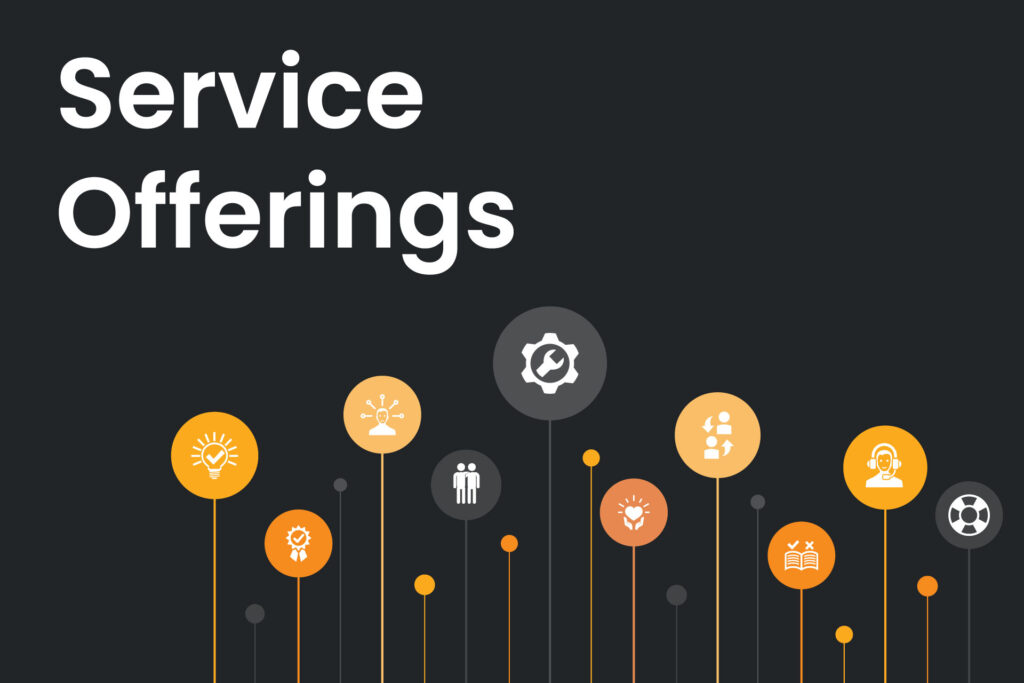
Beyond the typical airport transfers and corporate transportation, consider niche services that can attract specific clientele.
This could include wedding packages, prom services, wine tours, city sightseeing, and exclusive event transportation.
Be open to customizing your services to meet specific client requirements, as this can set you apart from competitors.
For example, offering customizable packages for weddings or corporate events can attract more clients seeking personalized experiences.
5. Marketing and Sales Strategy
Your marketing and sales strategy will determine how effectively you reach potential clients and establish your brand in the market.
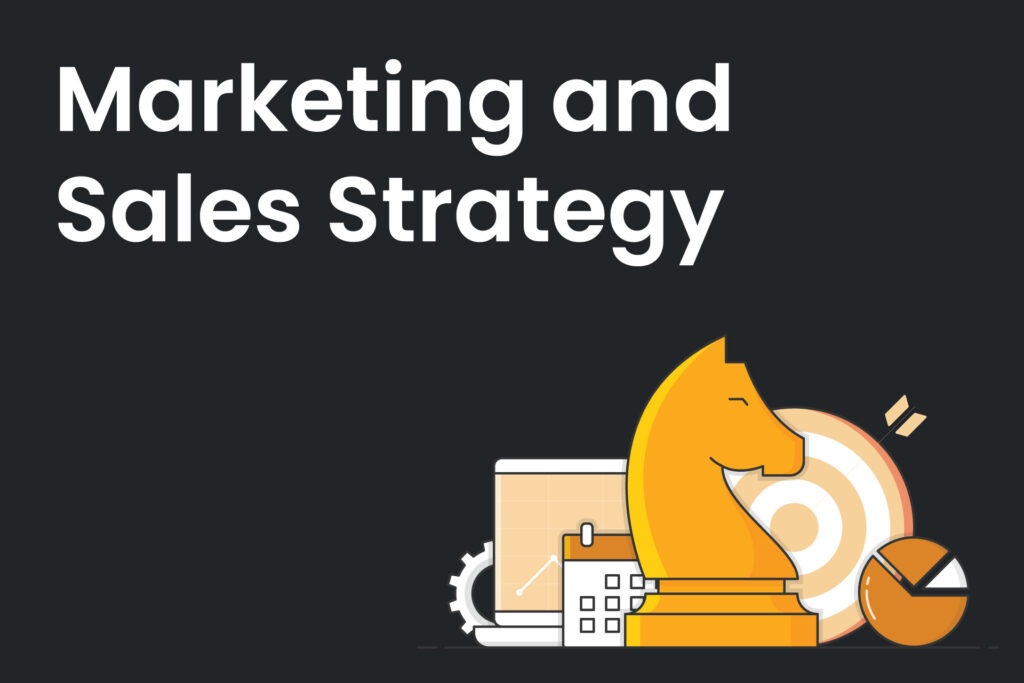
Use a mix of advertising, SEO, PPC, social media, partnerships with event planners or hotels, and traditional advertising methods.
Personalized promotional efforts can attract more clients and create a strong brand identity.
Leverage the power of social media platforms to showcase your fleet, highlight positive customer experiences, and engage with potential clients.
Invest in a professional website that features easy online booking options and showcases the luxury and comfort of your limousine services.
Networking and building partnerships with businesses in related industries can also be valuable. For instance, collaborating with hotels, wedding planners, and event organizers can lead to a steady stream of referrals and repeat business.
Outline your sales tactics to convert leads into paying customers. This could include offering introductory discounts, loyalty programs, or promotional packages for new clients.
Additionally, focus on excellent customer service and word-of-mouth marketing, as satisfied clients are more likely to recommend your services to others.
6. Operational Plan
The operational plan outlines the day-to-day aspects of your limousine service business.
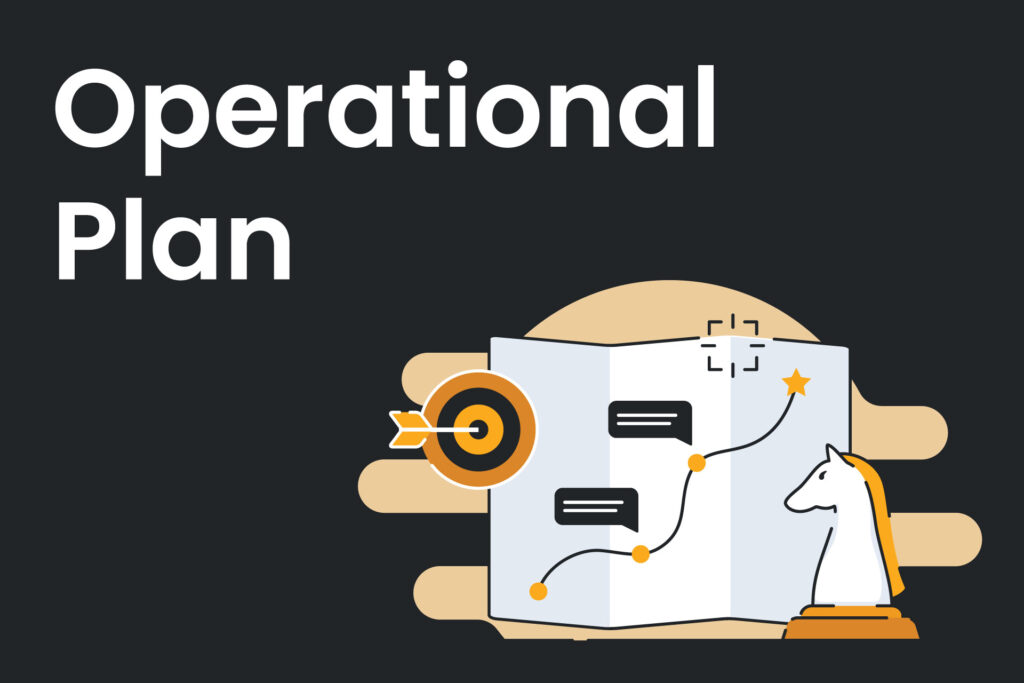
Detail your vehicle maintenance plan to ensure a fleet of reliable and presentable vehicles.
Regular maintenance and inspections are essential to ensure safety and a seamless customer experience.
Hiring and training professional chauffeurs are crucial to delivering exceptional service.
Ensure that your chauffeurs are not only skilled drivers but also well-groomed, courteous, and knowledgeable about local attractions and destinations.
Implement a robust reservation system to manage bookings efficiently. An organized booking system helps you track schedules, communicate with clients, and provide timely services.
Emphasize the importance of punctuality and reliability to build trust with your clientele.
Customer service protocols should be in place to handle inquiries, feedback, and complaints professionally.
Train your customer service team to be responsive, empathetic, and proactive in resolving issues. A happy customer is more likely to become a loyal, repeat client.
7. Financial Projections are important in limousine business plan
A well-prepared financial forecast is vital for attracting potential investors and lenders.
Provide detailed projected revenue, expenses, cash flow, and break-even analysis.

Investors want to see the potential return on their investment, so be realistic and back up your projections with solid research and data.
Include a detailed breakdown of your initial investment costs, including vehicle purchases, licensing and permits, insurance, marketing expenses, and staffing costs. Your financial projections should cover at least the first three to five years of operation.
In the financial projections, include a risk assessment that identifies potential challenges and how you plan to mitigate them.
Addressing potential risks shows that you have a realistic understanding of the market and are prepared to adapt to changing conditions.
8. Funding Requirements
If you require external funding to start or expand your limousine service, clearly outline the amount needed and the purpose of the funds.
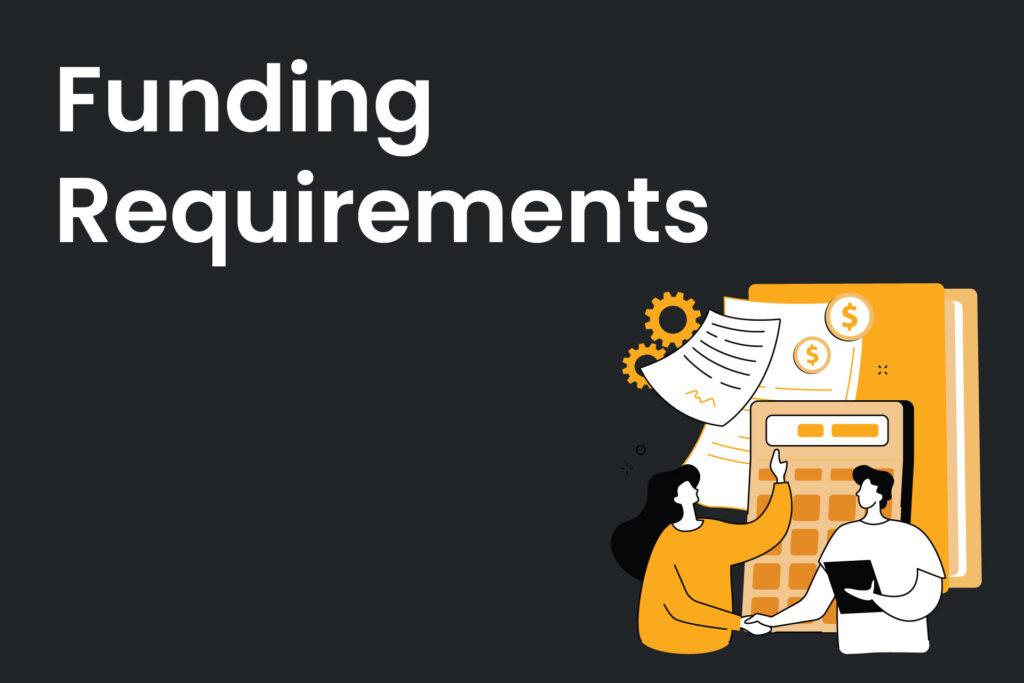
Discuss potential sources of funding, such as loans, partnerships, or investors. Demonstrating a clear understanding of your financial needs and how you plan to utilize the funds can build confidence in potential investors.
Explain how the funding will be allocated to different aspects of your business, such as fleet expansion, marketing campaigns, or operational improvements. Emphasize the potential return on investment for your backers to demonstrate that their financial support is a wise decision.
Let’s be partners
What steps to take after creating a solid business plan?
You will need online partners to make your Limousine Business a success on the net.
This is where we at W3 Lab come in.
With a proven record of successful cooperation with limousine businesses, we have the expertise to make your limo company stand out online.
Set your limo business out for success

